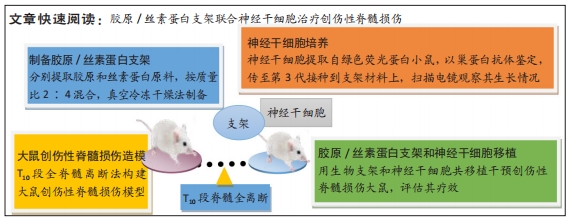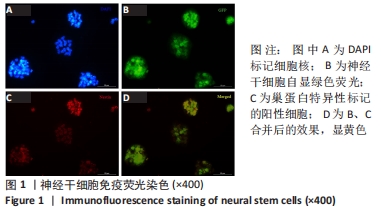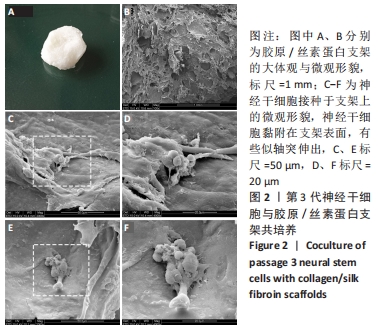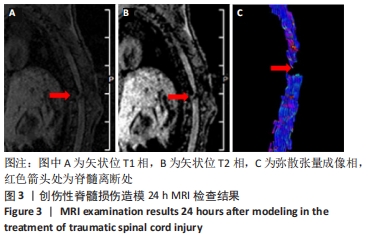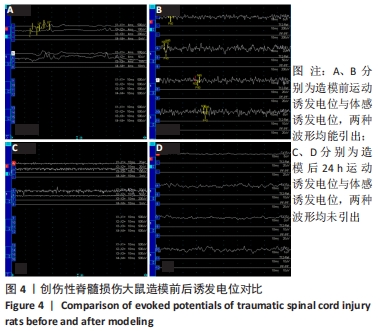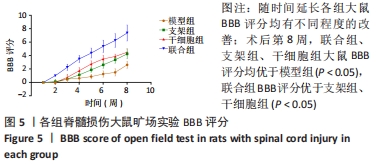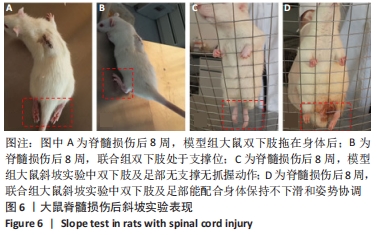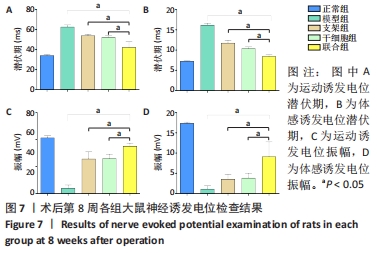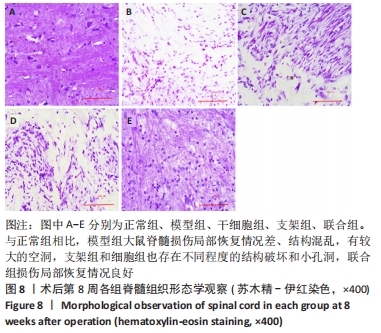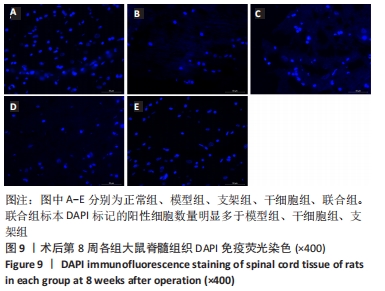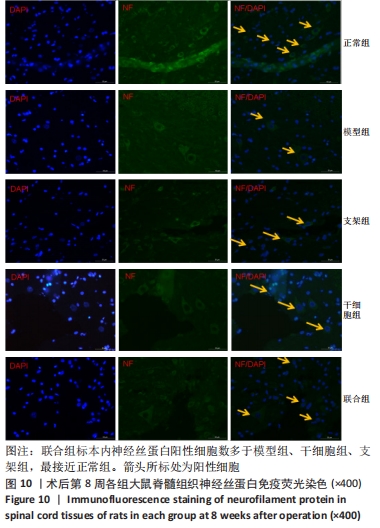[1] ABU-BAKER NN, AL-ZYOUD NH, ALSHRAIFEEN A. Quality of life and self-care ability among individuals with spinal cord injury. Clin Nurs Res. 2021;30: 883-891.
[2] DENISE GT, TRACEY W, GIULIA IL. Recommendations for evaluation of neurogenic bladder and bowel dysfunction after spinal cord injury and/or disease. J Spinal Cord Med. 2020;43(2):141-164.
[3] JIANG L, SUN L, MENG QT. Identification and relationship of quality of life and self-care ability among Chinese patients with traumatic spinal cord injuries: a cross-sectional analysis. Braz J Med Biol Res. 2021;54(12):e11530.
[4] Internationla Perspectives on Spinal Cord Injury. World Health Organization, 2013.
[5] FISCHER I, DULIN JN, LANE MA. Transplanting neural progenitor cells to restore connectivity after spinal cord injury. Nat Rev Neurosci. 2020;21(7): 366-383.
[6] QI MP, SI YC, QI JX, et al. Neuroinflammation and Scarring After Spinal Cord Injury: Therapeutic Roles of MSCs on Inflammation and Glial Scar. Front Immunol. 2021;12:751021.
[7] LAI BQ, BAI YR, HAN WT, et al. Construction of a niche-specific spinal white matter-like tissue to promote directional axon regeneration and myelination for rat spinal cord injury repair. Bioact Mater. 2022;11:15-31.
[8] ARSALAN A, SCOTT MD, SOHEILA KA. Traumatic Spinal Cord Injury: An Overview of Pathophysiology, Models and Acute Injury Mechanisms. Front Neurol. 2019;10:282.
[9] WU HB, LI Y, WANG XF, et al. Long non-coding RNA TUG1 knockdown prevents neurons from death to alleviate acute spinal cord injury via the microRNA-338/BIK axis. Bioengineered. 2021;12(1):5566-5582.
[10] ATOUSA ZM, MARYAM S, SEYED BJ, et al. Related Fluoxetine and Methylprednisolone Changes of TNF-α and IL-6 Expression in The Hypothyroidism Rat Model of Spinal Cord Injury. Cell J. 2021;23(7):763-771.
[11] LIU S, XIE YY, WANG LD. A multi-channel collagen scaffold loaded with neural stem cells for the repair of spinal cord injury. Neural Regen Res. 2021;16(11): 2284-2292.
[12] ATEFEH Z, SARA H, AYLIN G, et al. Spinal Cord Injury Management through the Combination of Stem Cells and Implantable 3D Bioprinted Platforms. Cells. 2021;10(11):3189.
[13] POONGODI R, CHEN YL, YANG TH, et al. Bio-Scaffolds as Cell or Exosome Carriers for Nerve Injury Repair. Int J Mol Sci. 2021;22(24):13347.
[14] YAMANE K, MAZAKI T, SHIOZAKI Y, et al. Collagen-Binding Hepatocyte Growth Factor(HGF)alone or with a Gelatin. furfurylamine Hydrogel Enhances Functional Recovery in Mice after Spinal Cord Injury. Sci Rep. 2018;8:917.
[15] AIKEREMUJIANG M, LI S, JING L, et al. Sustained delivery of neurotrophic factors to treat spinal cord injury. Transl Neurosci. 2021;12(1):494-511.
[16] MAŁGORZATA Z, ANNA K, KRZYSZTOF M, et al. Perspectives in the Cell-Based Therapies of Various Aspects of the Spinal Cord Injury-Associated Pathologies: Lessons from the Animal Models. Cells. 2021;10(11):2995.
[17] ASSINCK P, DUNCAN GJ, HILTON BJ, et al. Cell transplantation therapy for spinal cord injury. Nat Neuro Sci. 2017;20:637-647.
[18] HILTON BJ, MOULSON AJ, TETZLAFF W, et al. Neuroprotection and secondary damage following spinal cord injury: concepts and methods. Neuro Sci Lett. 2017;652:3-10.
[19] MUNEHISA S, NARIHITO N, MASAYA N, et al. Mechanisms of Stem Cell Therapy in Spinal Cord Injuries. Cells. 2021;10(10):2676.
[20] SUN W, GREGORY DA, TOMEH MA, et al. Silk Fibroin as a Functional Biomaterial for Tissue Engineering. Int J Mol Sci. 2021;22:1499.
[21] GAO QQ, KIM BS, GAO G. Advanced Strategies for 3D Bioprinting of Tissue and Organ Analogs Using Alginate Hydrogel Bioinks. Mar Drugs. 2021;19(12):708.
[22] 李晓寅,陈旭义,涂悦,等.精确显微技术条件下构建脊髓损伤模型的脊髓离断状态[J].中国组织工程研究,2014,18(27):4282-4286.
[23] HUI QD, YI LP, CHEN XZ, et al. A novel, minimally invasive technique to establish the animal model of spinal cord injury. Ann Transl Med. 2021;9(10):881.
[24] 曹宗锐,郑博,钟琳,等.胶原/硫酸肝素支架联合神经干细胞促进脊髓损伤后运动功能的恢复[J].中国组织工程研究,2019,23(34):5454-5461.
[25] 郝定均,杨俊松,贺宝荣,等. “十三五”期间我国脊柱脊髓损伤临床诊疗研究亮点与进展[J].中华创伤杂志,2021,37(4):289-294.
[26] HU XC, LU YB, YANG YN, et al. Progress in clinical trials of cell transplantation for the treatment of spinal cord injury: how many questions remain unanswered? Neural Regen Res. 2021;16(3):405-413.
[27] HAN Q, SUN W, LIN H. Linear ordered collagen scaffolds loaded with collagen-binding brain-derived neurotrophic factor improve the recovery of spinal cord injury in rats. Tissue Eng Part A. 2009;15:2927-2935.
[28] DENG WS, MA K, LIANG B, et al. Collagen scaffold combined with human umbilical cord-mesenchymal stem cells transplantation for acute complete spinal cord injury. Neural Regen Res. 2020;15(9):1686-1700.
[29] 朱祥,陈旭义,李瑞欣,等.人工仿生脊髓导管的制备及性能分析[J].中国组织工程研究,2016,20(21):3045-3050.
[30] CHEN MH, REN QX, YANG WF. Influences of HIF-lα on Bax/Bcl-2 and VEGF expressions in rats with spinal cord injury. Int J Clin Exp Pathol. 2013;6(11): 2312-2322.
[31] YE X, CHEN YL , WANG JS, et al. Identification of Circular RNAs Related to Vascular Endothelial Proliferation, Migration, and Angiogenesis After Spinal Cord Injury Using Microarray Analysis in Female Mice. Front Neurol. 2021; 12:666750.
|
